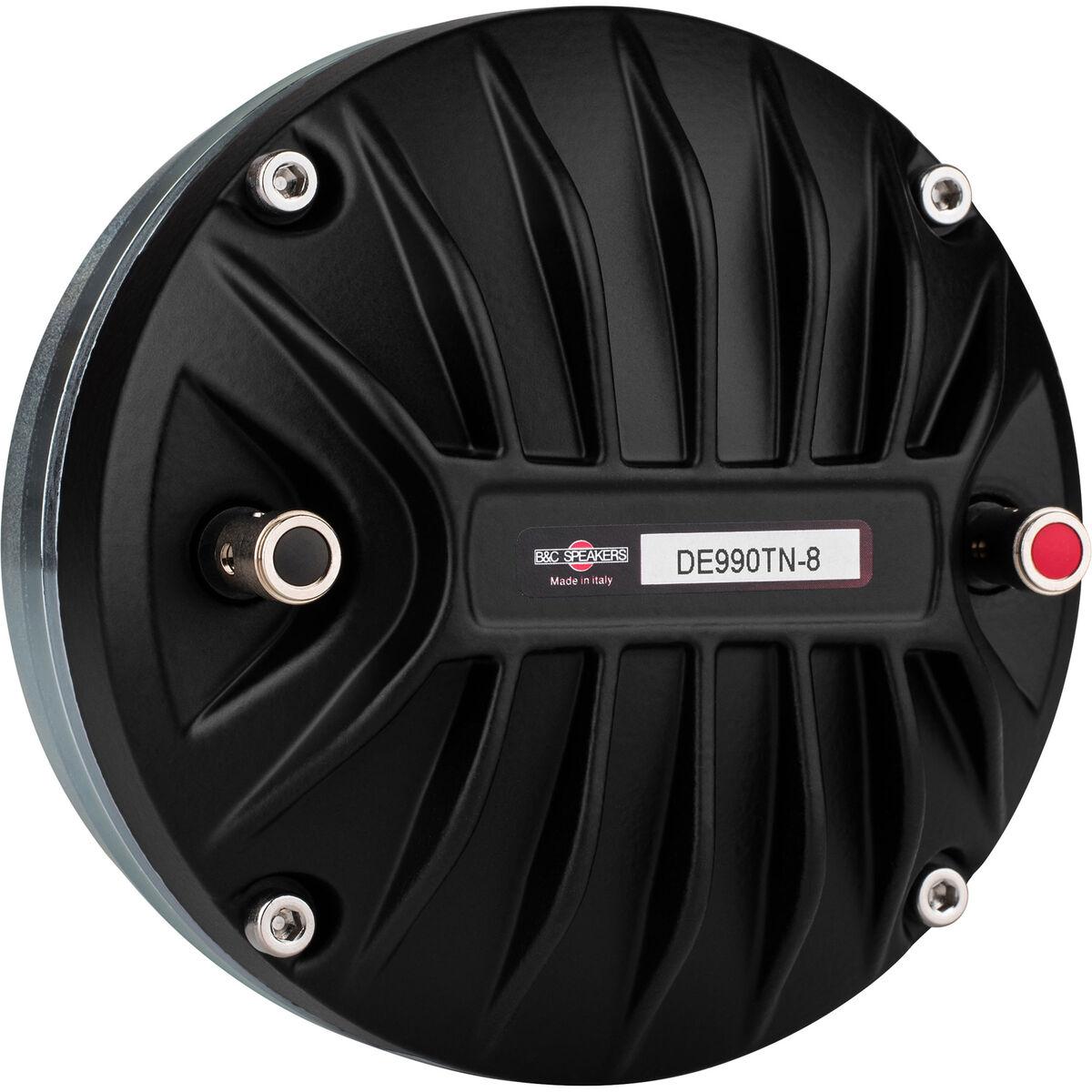
Lecithin is described, e.g., in the United States Pharmacopoeia (USP) as a “complex mixture of acetone-insoluble phosphatides, which consists chiefly of PC, PE, phosphatidylserine, and phosphatidylinositol, combined with various amounts of other substances such as triglycerides, fatty acids, and carbohydrates, as separated from the crude vegetable oil source.

#DMPC PRO 1.0.2 PC#
The most common phospholipid is PC, and PC is the main component of lecithin. Depending upon the structure of the polar region and pH of the medium, PE and PC are zwitterionic and have a neutral charge at pH values of about 7, whereas, e.g., PG is negatively charged. In typical membrane phospholipids, the phosphate group is further esterified with an additional alcohol, for instance in phosphatidylcholine (PC) with choline, in phosphatidylethanolamine (PE) with ethanolamine, and in phosphatidylglycerol (PG) with glycerol. The sn-2 carbon atom of glycerophospholipids is a chiral center, and natural phospholipids occur in enantiomerically pure form. The systematic designation of, e.g., phosphatidic acid (PA) is 1,2-diacyl- sn-glycero-3-phosphate (where sn means stereospecific numbering). The phospholipid molecule comprises a glycerol backbone, which is esterified in positions 1 and 2 with fatty acids and in position 3 with phosphate. Because of this amphiphilic character they are used as emulsifier, wetting agent, solubilizer, and liposome former. Phospholipids are surface-active, amphiphilic molecules, which comprise a polar head group and a lipophilic tail. They are natural compounds and effective alternatives to synthetic, unnatural emulsifiers, like polysorbates, polyoxyethylene castor oil derivatives, and sucrose fatty acid esters.Īll lipids that contain phosphorus are called phospholipids. They are used in many types of formulations, like fat emulsions, mixed micelles, suspensions, and liposomal preparations for any administration route. Phospholipids are well-established excipients for pharmaceutical applications. In order to avoid scale up problems during pharmaceutical development and production, natural phospholipid excipients instead of synthetic phospholipids should be selected whenever possible. They are well accepted by regulatory authorities and are produced using less chemicals and solvents at higher yields. Practical applications: For selection of phospholipid excipients for pharmaceutical formulations, natural phospholipids are preferred compared to synthetic phospholipids because they are available at large scale with reproducible quality at lower costs of goods. Natural phospholipids instead of synthetic phospholipids should be selected as phospholipid excipients for formulation development, whenever possible, because natural phospholipids are derived from renewable sources and produced with more ecologically friendly processes and are available in larger scale at relatively low costs compared to synthetic phospholipids. Natural phospholipids are used in oral, dermal, and parenteral products including liposomes. Only in a few pharmaceutical products synthetic phospholipids are used. Synthetic phospholipids play compared to natural phospholipid (including hydrogenated phospholipids), as derived from the number of drug products containing synthetic phospholipids, a minor role. Synthetic phospholipids with the natural stereochemical configuration are preferably synthesized from glycerophosphocholine (GPC), which is obtained from natural phospholipids, using acylation and enzyme catalyzed reactions. Synthetic phospholipids with specific polar head group, fatty acid composition can be manufactured using various synthesis routes. The natural phospholipids are described in pharmacopeias and relevant regulatory guidance documentation of the Food and Drug Administration (FDA) and European Medicines Agency (EMA).

Because of the use of validated purification procedures and sourcing of raw materials with consistent quality, the resulting products differing in phosphatidylcholine content possess an excellent batch to batch reproducibility with respect to phospholipid and fatty acid composition.

Natural phospholipids are purified from, e.g., soybeans or egg yolk using non-toxic solvent extraction and chromatographic procedures with low consumption of energy and minimum possible waste. In pharmaceutical formulations, phospholipids obtained from plant or animal sources and synthetic phospholipids are used.


 0 kommentar(er)
0 kommentar(er)
